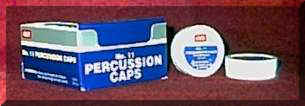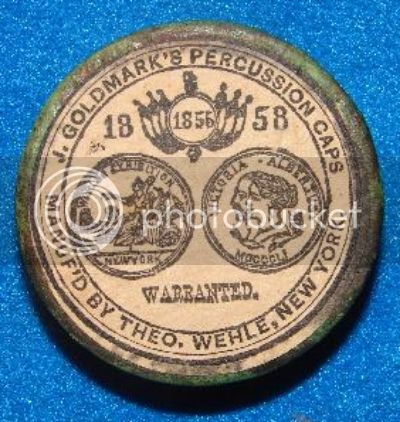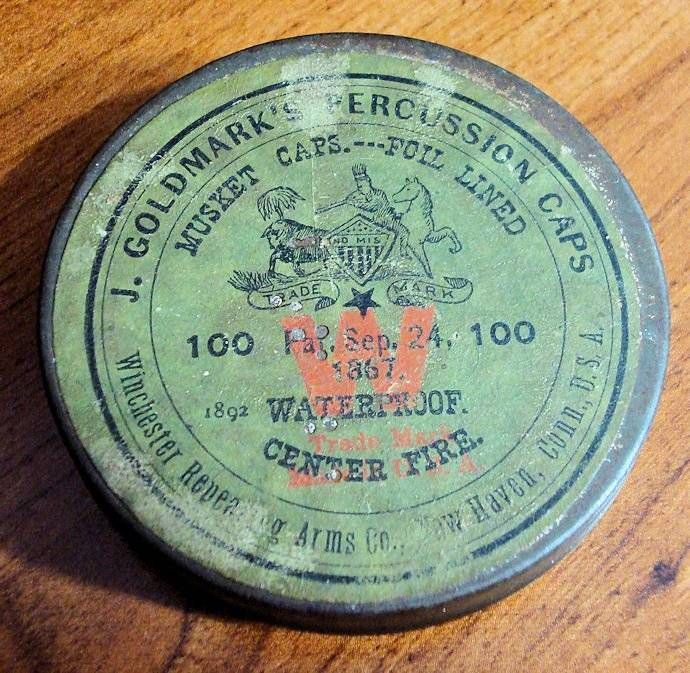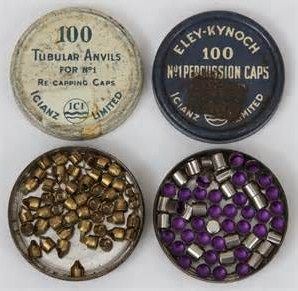We all seen and used them, (unless you're a die-hard pre-percussion shooter) anyone ever save those tins and plactic containers?
Some day, they'll be a collectors item too, like these older tins mixed in with the newer ones...
Gevelot Fabrique, 1 mm Percussion Caps
Brass Tin, Made in Belgium, Circa 1880

Original Tin of Rifle/Musket Caps. Measures 2 3/8 inches in diameter, never been opened...








Some day, they'll be a collectors item too, like these older tins mixed in with the newer ones...
Gevelot Fabrique, 1 mm Percussion Caps
Brass Tin, Made in Belgium, Circa 1880

Original Tin of Rifle/Musket Caps. Measures 2 3/8 inches in diameter, never been opened...




















